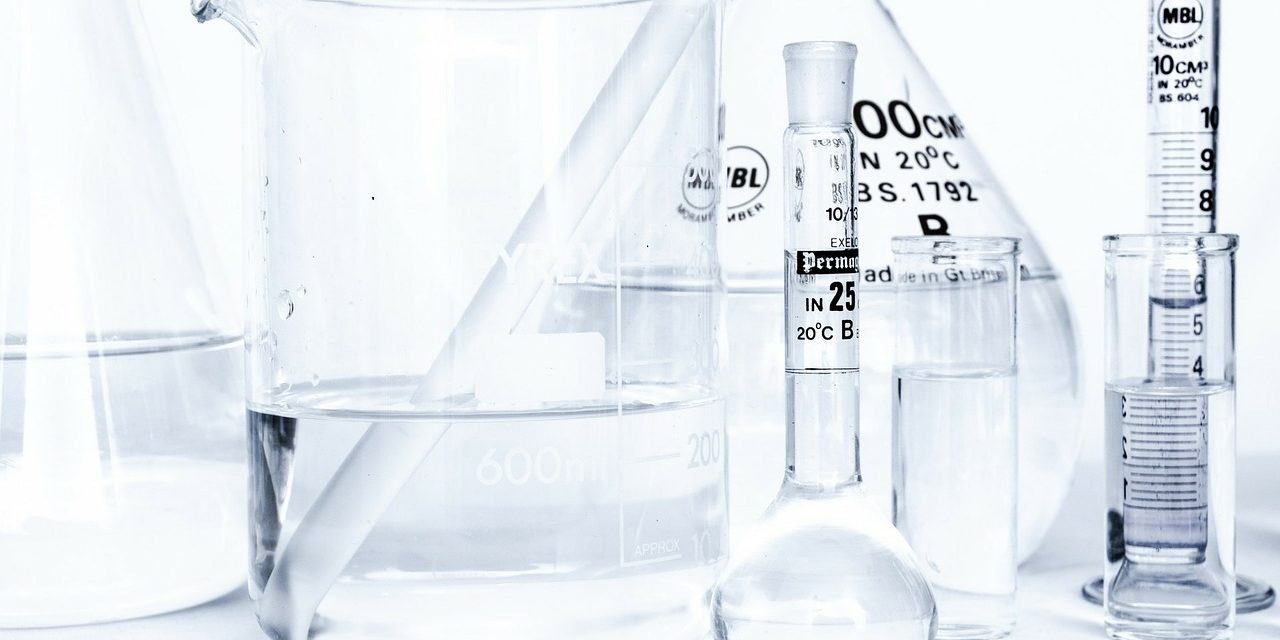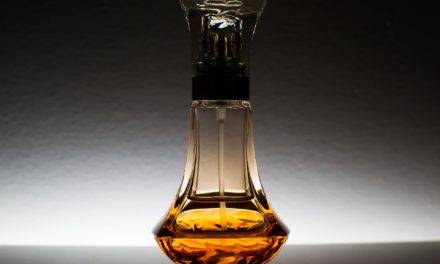There are three types of alcohols, the low molecular weight or drying alcohol, high molecular weight or the fatty alcohols and then there are the benign forms including glycols, which are used as humectants to help hydrate and help with product penetration.
What is it:
Alcohols are derived from synthetic fats or natural resources like vegetables, coconut etc.
What does it look like?
These come in various forms, dry crystalline or waxy substances.
What is it used for:
Alcohols are used in skin care products to degrease the skin and also help with absorption of other ingredients in the product. These are also used for emulsification.
Why we are featuring it:
Well, there are good alcohols and bad ones too! The bad ones are the drying alcohols that are used to degrease oily skin. So straight up the effect is fairly fantastic giving a dry finish to an oily skin. These formulas feel light and a super touch for anyone with oily skin. In the long term though, what’s really happening is that your skin is being eroded and the cellular function is disrupted. Consequently the skins renewal cycle is severely disturbed leading to break outs, wrinkling, pH disruption and weakened skin barrier. The alcohols go by the name of ethanol or ethyl alcohol, denatured alcohol, methanol, isopropyl alcohol, SD alcohol, and benzyl alcohol. A word of advise here that these ingredients in your product should be of concern if these are among the top listed; tiny amounts of these in well thought out formulations are not bad at all! So if the product has a drying alcohol right up in the first 3 or 5 ingredient you might want to skip it!. Labels are written starting with highest ingredient first going down to the least.
But not all alcohols are made bad. Fatty alcohols, are great for your skin! Cetyl, stearyl, and cetearyl alcohol are great for skin.
The science behind it is well documented and we could share it too with you. Do drop us a line if you would like to know more.
References:
Experimental Dermatology, October 2009
International Journal of Toxicology, Volume 27, 2008, Supplement pages 1-43
Pix: Image by <a href=”https://pixabay.com/users/PublicDomainPictures-14/?utm_source=link-attribution&utm_medium=referral&utm_campaign=image&utm_content=217041″>PublicDomainPictures</a> from <a href=”https://pixabay.com/?utm_source=link-attribution&utm_medium=referral&utm_campaign=image&utm_content=217041″>Pixabay</a>




